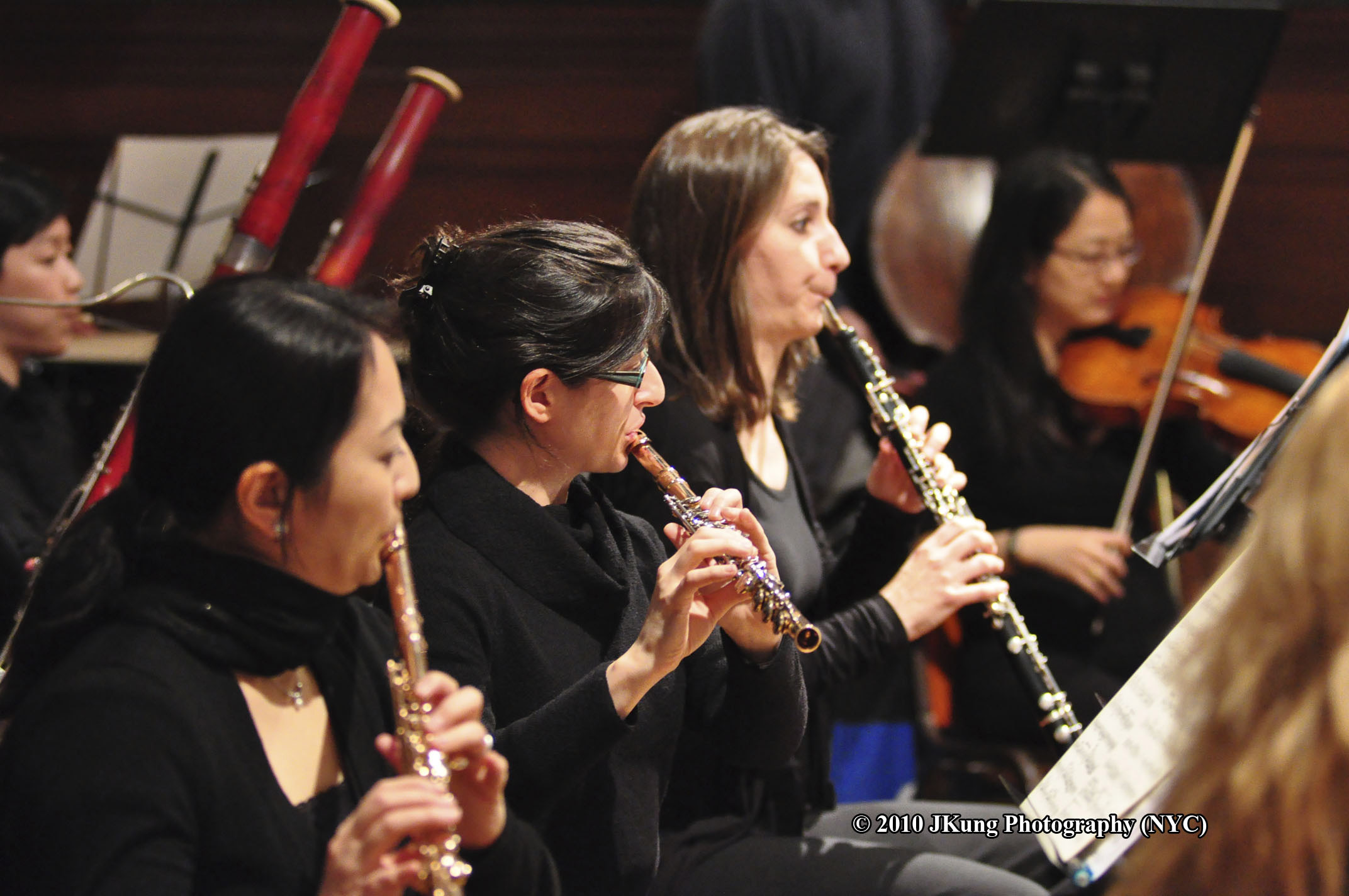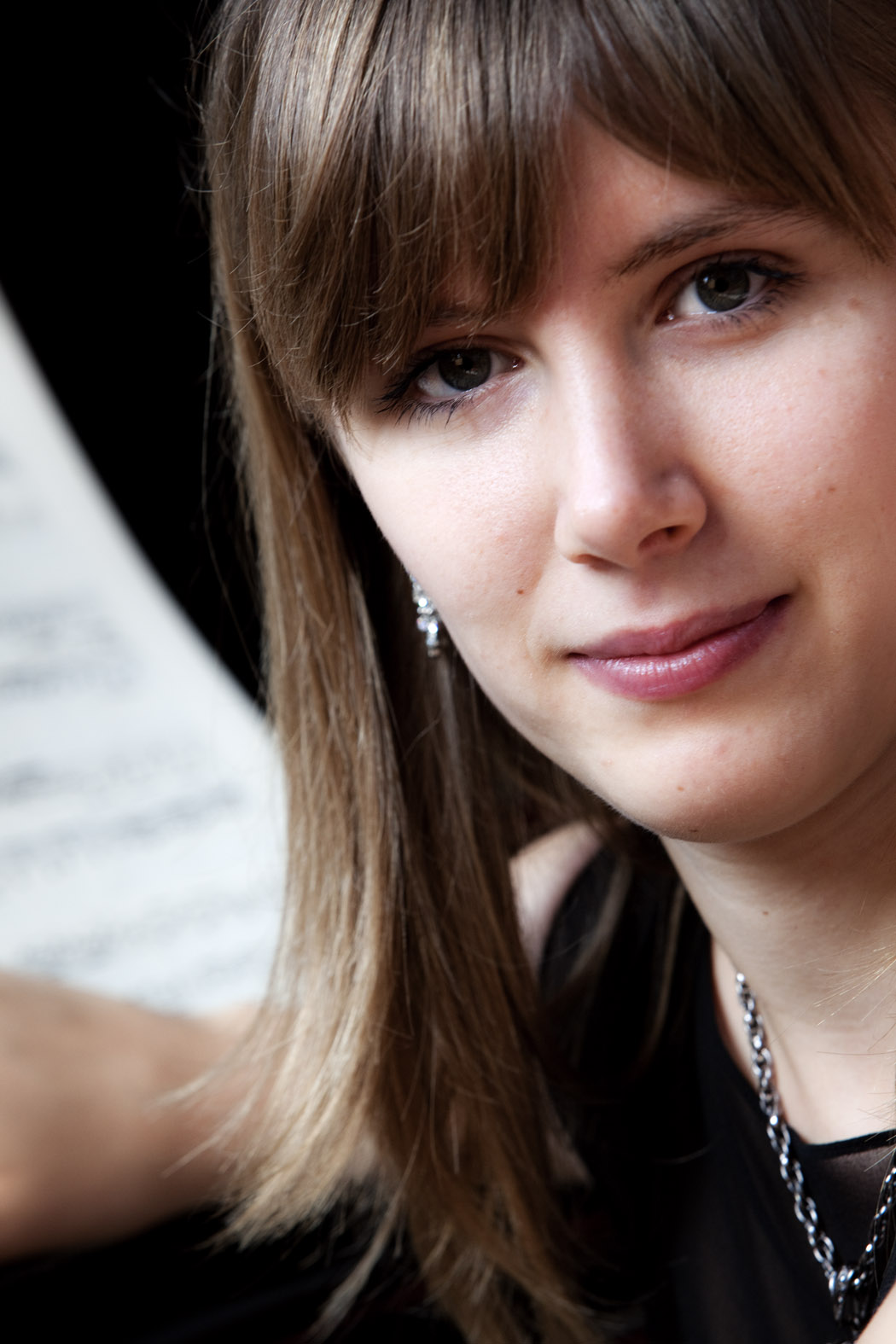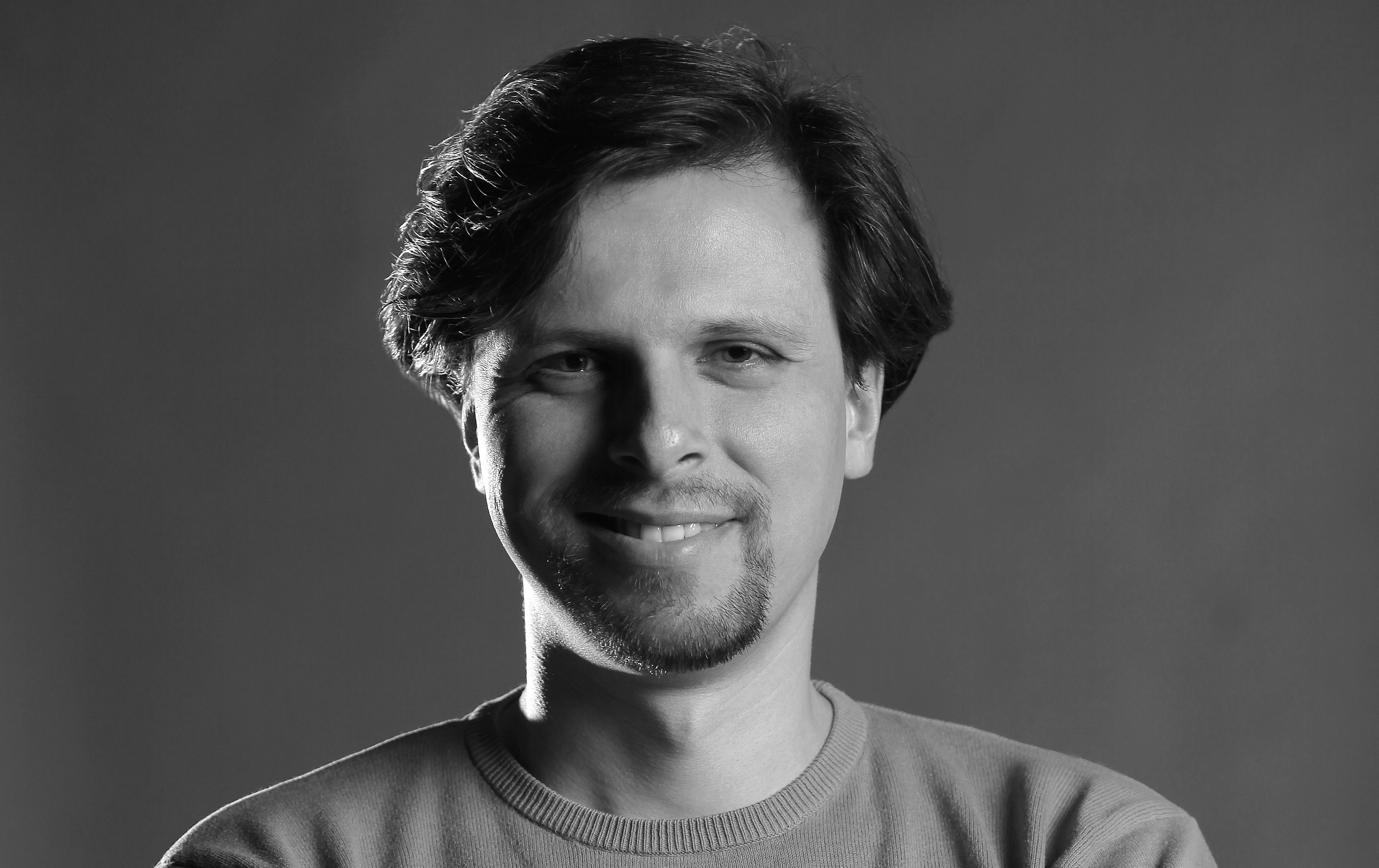The New York Concert Artists & Associates presented three young artists on May 19 in concerti, one for harp and two for piano. According to founder Klara Min, NYCA&A is a “modern-day realization of Robert Schumann’s Davidsbund, an imagined spiritual fraternity of creative minds.” Whether those values were present at this concert is open for debate, but three aspiring concert artists appeared and played very well. I should say: two played with goodness, and one played with greatness.
The curtain raiser was billed as a “Concerto for Harp and String Orchestra” by Vivaldi (RV93). It was a transcription of one originally for lute, today commonly heard on the guitar. Vivaldi would certainly not have recognized the giant chromatic pedal harp, played by Hae Soo Hahn with great charm, accompanied by a small group of string players led by the excellent Eduard Zilberkant. Ms. Hahn found a variety of colors within the admittedly somewhat restrained palette of the harp’s tone. Notions of historically informed performance practice were banished from this rendition. Mr. Zilberkant gave a very genteel tempo to the first movement’s Allegro moderato, which allowed the music to breathe.
A word here about the NYCA Symphony Orchestra and Mr. Zilberkant is in order, for the following two concerti were both war-horses of the late-Romantic era. It must have been a challenge to fit the requisite players on the small stage of Merkin Hall, itself too small for a presentation of this kind. Acoustically, the sound can’t bloom, and there were frequent balance and intonation problems. However, Mr. Zilberkant was an extremely lyrical leader of this scrappy group, treating every phrase as though he had the Philadelphia Orchestra in front of him. He was also an ideal, flexible collaborator for the soloists.
Vladimir Milošević
The first piano concerto was the celebrated Grieg A Minor, Op. 16, played with great power and intention by Suzana Bartal. Her strengths lay in the direction of volume and flair, which did not exclude a few moments of subtlety. One wished for more delicacy and poetry however, in the second movement, and in many portions of the outer movements as well. Perhaps she will grow into that and not force the tone so much. Many in the large enthusiastic audience rewarded her with loud applause.
After intermission, Vladimir Milošević played the equally well-known Tchaikovsky First Concerto in B-Flat Minor, Op. 23. Instead of the opening “crashing” chords one usually hears, there emerged full, warm, elegant blocks of tone. His technique was a joy to behold, with flexible wrists that cushioned and created beautiful sound at all dynamic levels. He found colors and phrase shapes that I had forgotten were even possible in this overplayed masterpiece. There was no technical problem in this virtual encyclopedia of “nasty passages” that wasn’t solved with utmost fluidity, combined with poetry. He also appeared to be enjoying himself, sporting with the piece and meshing with the conductor—a hallmark of the highest virtuosity.
I read with dismay that current flooding in Mr. Milošević’s native Serbia is threatening to engulf a Nikola Tesla power plant that provides over half that country’s electricity. If only they could harness the electricity from Mr. Milošević’s beautiful playing, I’m certain they’d be fine.



